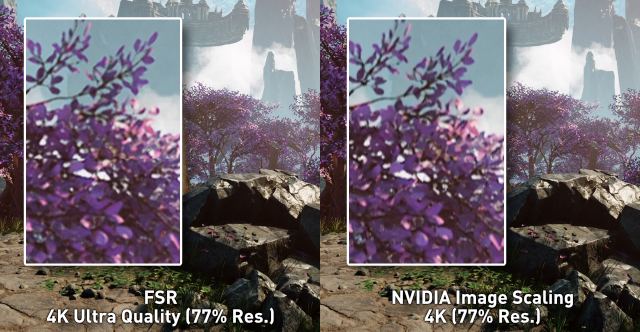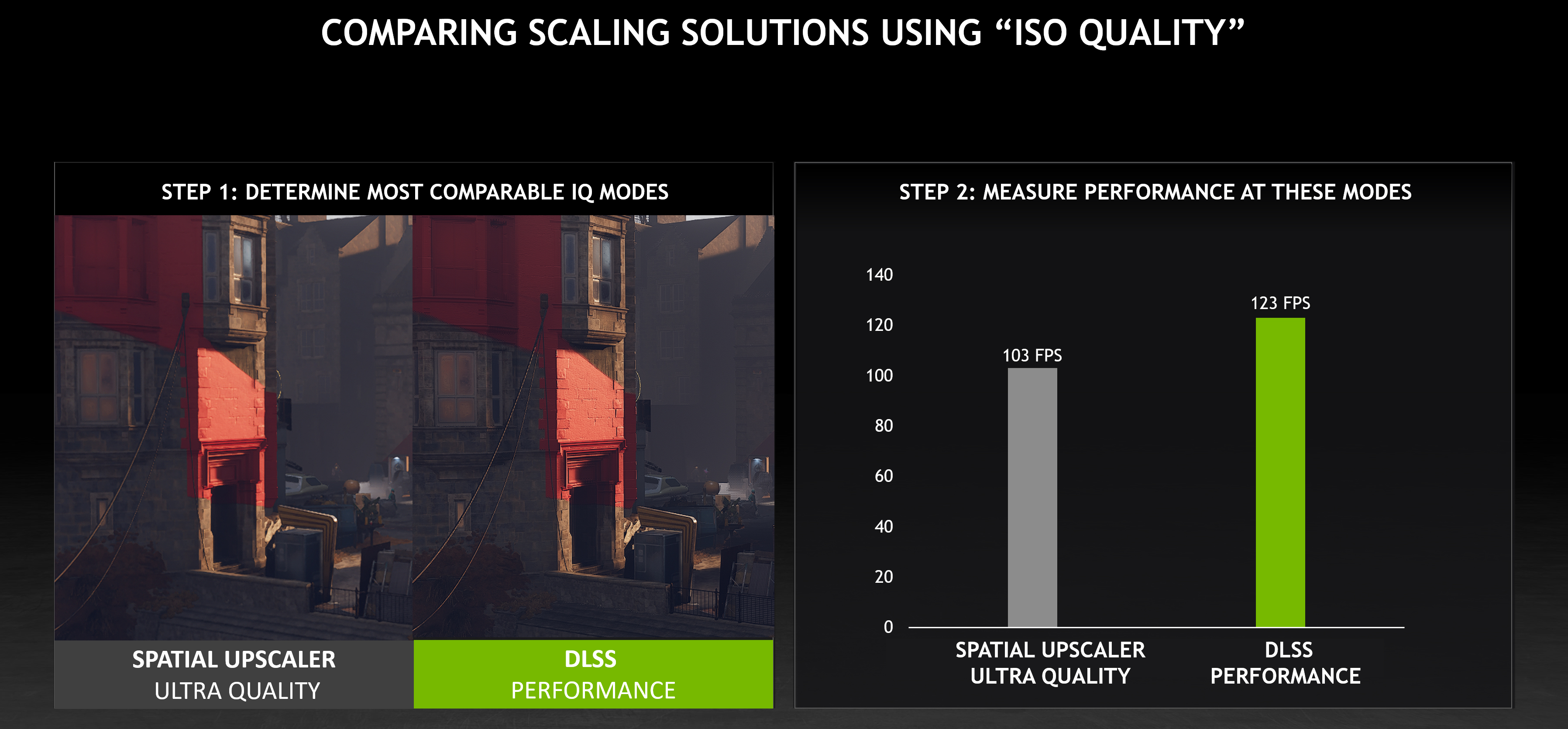
Technology
DLSS vs FSR: The State of GPU Upscaling Technology in 2024
Comparing NVIDIA DLSS and AMD FSR technologies in modern gaming

By Thomas Anderson
Key Points
- DLSS leads in image quality
- FSR offers broader compatibility
- Both technologies continue to evolve
- Different integration approaches
The Upscaling Battle
As gaming resolutions continue to climb and ray tracing becomes more prevalent, upscaling technologies have become increasingly crucial for maintaining high performance. This analysis compares the current state of NVIDIA's DLSS and AMD's FSR technologies.

DLSS Advantages
NVIDIA's solution offers several unique benefits:
- AI-powered upscaling with dedicated hardware
- Frame Generation technology
- Better temporal stability
- Superior anti-aliasing quality
FSR Strengths
AMD's technology provides:
- Hardware-agnostic implementation
- Open-source approach
- Lower latency in some scenarios
- Wider hardware support
Performance Analysis
Testing across multiple games reveals:
- DLSS generally provides better image quality
- FSR offers broader compatibility
- Frame generation differences
- Variable performance impacts

Developer Integration
Implementation differences between platforms:
- DLSS requires specific hardware
- FSR's simpler integration process
- Documentation and support comparison
- Development time considerations
Future Developments
Both technologies continue to evolve:
- DLSS 4.0 rumors
- FSR 3.1 improvements
- New hardware capabilities
- Industry standardization efforts
Market Impact
The competition has influenced:
- GPU purchasing decisions
- Game development practices
- Performance expectations
- Industry standards
Consumer Choice
Factors to consider when choosing:
- Hardware requirements
- Game support
- Visual quality preferences
- Performance needs
Related Articles
Stay Updated
Get the latest GPU news and reviews directly in your inbox.

